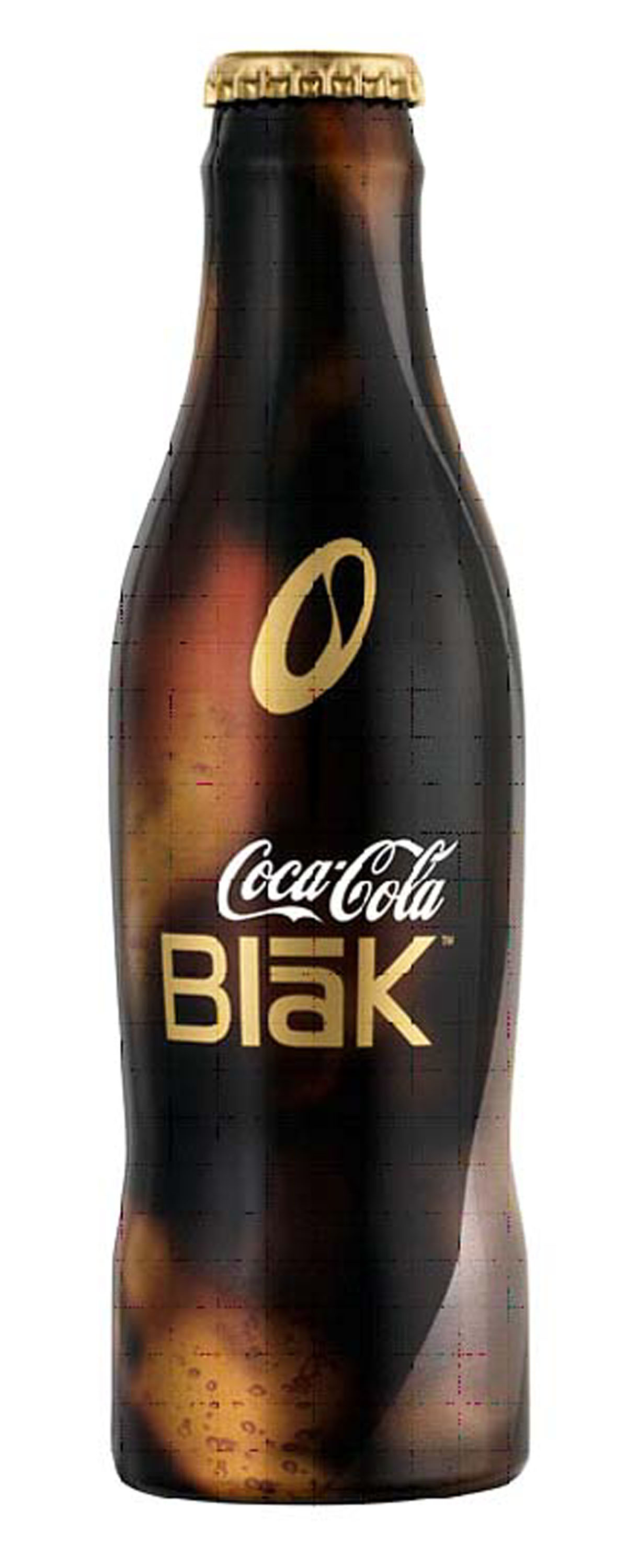Americans are thirsty for energy drinks, so brands like Coke and Amazon are giving industry titans like Monster and Red Bull a run for their money.
Energy drinks are non-alcoholic beverages with high levels of caffeine or other stimulants (like guarana), plus amino acids (like taurine), herbs (like ginkgo) and vitamins to give busy people a quick boost. Coca Cola Co. KO, +1.32% which has a 16.7% ownership interest in Monster Beverage MNST, +0.84% rolled out its first energy drink in Europe in April, and on Thursday a flash mob of dancers in partnership with Spotify SPOT, +1.54% surprised Londoners with energetic performances and free samples of the new Coke Energy in front of the Piccadilly Circus Lights. The sugar, calorie and taurine-free Coke Energy offering 80 milligrams of caffeine (compared to 24 milligrams in a classic Coke) draws its jolt from “naturally-derived sources,” guarana extracts and B vitamins.
It’s also reviving its 2003 coffee-infused Blak beverage (which fizzled upon release) as Coca-Cola With Coffee in international markets, which will launch in more than 25 markets around the world by the end of the year. “Coke Coffee was designed to reach consumers during specific occasions and channels like the mid-afternoon energy slump of work,” CEO James Quincey said during an earnings call in April, which is part of Coke’s efforts to become a “total beverage company” beyond soda. Coke also purchased the U.K.’s Costa coffee chain for $5.1 billion, closing the deal in January.
 Getty Images
Getty Images
Amazon.com Inc. AMZN, -0.16% also recently expanded its private food and beverage labels to include Solimo Red Energy Drink and Solimo Silver Energy Drink, which it openly compares to its top competitor. “If you like Monster Energy’s Zero Ultra, Sugar Free Energy Drink, we invite you to try Solimo,” reads the product description page.
As for Monster, its first-quarter earnings beat Wall Street expectations earlier this month, with sales rising 11% to $946 million from $850.9 million a year ago. It launched its zero-sugar and zero-calorie Reign “body fuel” beverage line in March, with flavors like Carnival Candy, Sour Apple, Razzle Berry and Peach Fizz. And it will continue its new-product rollout this year by launching low-calorie Dragon Tea and sugar-free Ultra Paradise drinks, Food Business News reported, along with a caramel espresso product.
Red Bull has partnered with the Sonic restaurant chain for Red Bull Slushies this summer, and also introduced a limited Summer Edition Beach Breeze flavor this month that will only be available through Labor Day.
Related: Energy drinks may be linked to frightening side effects for your heart
A couple of European labels are also testing the waters, with soft-drink firm AG Barr BAG, -0.84% launching both sugar-infused and sugar-free Irn-Bru Energy drinks across the U.K. this summer, which will “combine the iconic flavour of Irn-Bru’s top secret essence with the taurine, caffeine, B vitamins and taste of an energy drink,” and boast 32 milligrams of caffeine. “Energy drinks are a really fast-growing, exciting market and we’re confident Irn-Bru Energy will wake up and shake up energy drink fans in Scotland and beyond,” marketing director Adrian Troy told the BBC. And plant-based energy drink brand Tenzing is introducing a new British raspberry and Japanese Yuzu flavor in July that will feature a “triple hit of natural caffeine, electrolytes and vitamin C.”
Americans are drinking “substantially” more energy drinks, according to a recent study appearing in the American Journal of Preventive Medicine, which found that 5.5% of young adults (ages 20 to 39) said they gulped energy drinks in 2016, up from just 0.5% in 2003.
Indeed, energy-drink launches spiked 29% in the five years leading up to 2015, Mintel reported, and sales are expected to reach about $16.9 billion in 2022. “Energy drinks remain the controversial, yet undeniably successful, wild child of the soft drinks family,” wrote Alex Beckett, Global Food and Drink Analyst at Mintel, in the report. The primary driver of global growth remains the drinks’ capacity to provide consumers with a quick and effective energy boost — something which resonates with consumers the world over.”
But several studies suggest that customers might want to sip energy drinks in moderation, including one published in the Journal of the American Heart Association on Thursday that warned such beverages may be linked to frightening side effects for your heart. A 2017 Frontiers in Public Health review of energy-drink research also associated consumption with risk-seeking behavior, mental-health problems, increased blood pressure, dental issues, obesity and kidney damage.
The American Beverage Association defended the safety of energy drinks in a statement to MarketWatch, saying: “Energy drinks have been enjoyed by millions of people around the world for more than 30 years and are recognized by government food safety agencies worldwide… as safe for consumption… America’s leading energy drink manufacturers voluntarily go beyond all federal requirements when it comes to responsible labeling and marketing practices, including displaying total caffeine content from all sources and advisory statements that the drinks are not recommended for children, pregnant or nursing women, or those sensitive to caffeine.”






